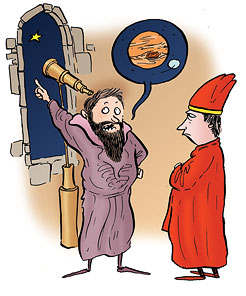The Celestron 44302 is a great starting point for either a student or, teacher and more importantly an excellent option to buy in bulk for a classroom.
It will definitely offer you an instant plug and play solution and the software is simple enough for students to master in a few minutes. The build quality is good and it can take a little abuse.
The optics give good pictures. The included software is basic, but works well on Windows and Mac. The biggest barrier to making good use of this item is thinking of it as a traditional microscope as it can be used as a portable device by removing it from the stand, which is generally how most people will use it.
The focus and lighting features can be a little touchy at times and occasionally there it just too much glare for my linking, and it is at this point you realise you are using a $50 microscope.
Your students will love trawling the playground to discover new items to explore on the Celestron.
All in all though this is a great introduction to USB microscopes for teachers and students. It offers good image quality for the price and you can feel confident it will be still working in a few years’ time if you treat it with a little respect.
AmScope 10x-20x-30x-60x Advanced All Metal Full Glass Optics Student Binocular Stereo Microscope with Incident (Top) and Transmitted (Bottom) Lights



























